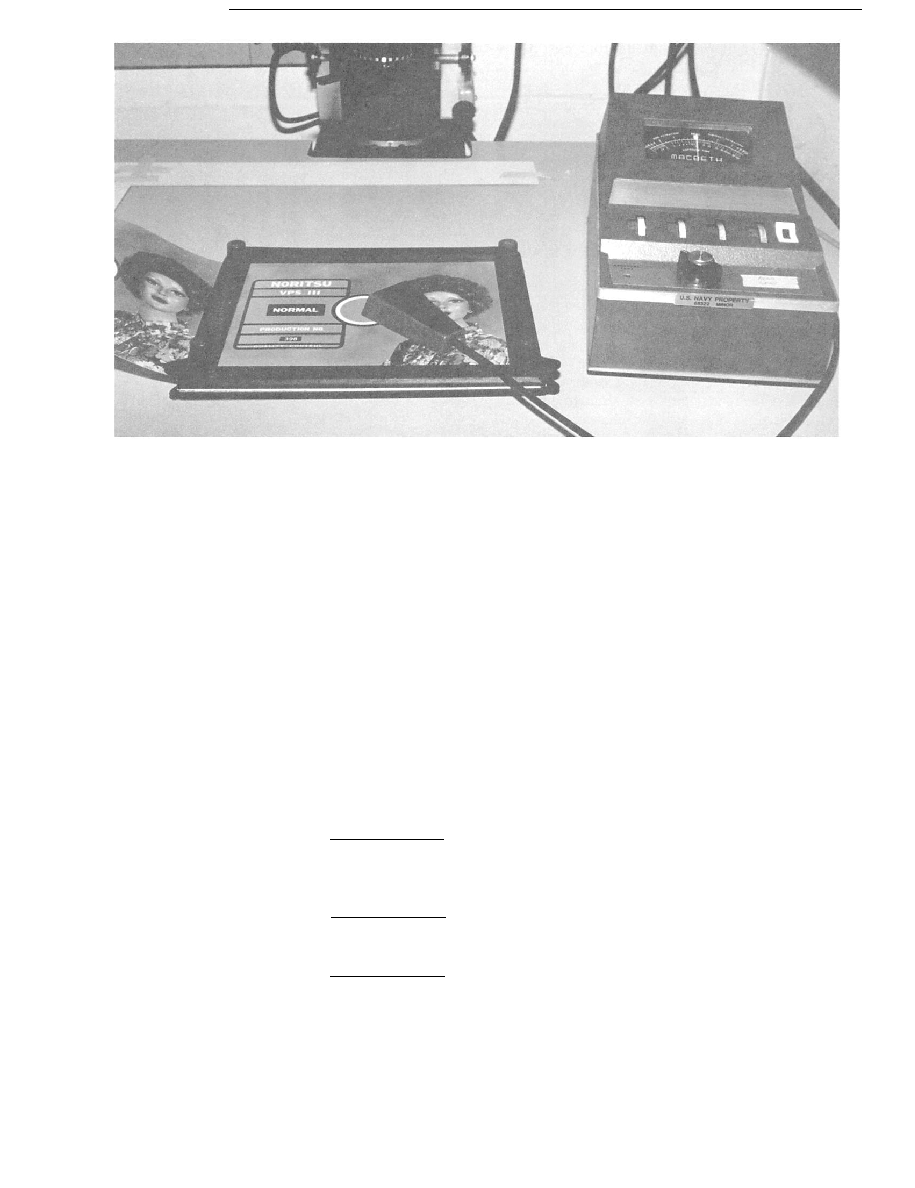
DOFMaster
for Windows
On-line
Depth of Field
Calculator
DOFMaster for Mobile Devices
On-line
Depth of Field
Table
Hyperfocal
Distance Chart
Articles
FAQ
Recommended
Books
Support
Contact
Links
Home
for Windows
On-line
Depth of Field
Calculator
DOFMaster for Mobile Devices
On-line
Depth of Field
Table
Hyperfocal
Distance Chart
Articles
FAQ
Recommended
Books
Support
Contact
Links
Home
As an Amazon Associate I earn from qualifying purchases.
![]()
and these densities are subtracted from the total density
values of the standard negative (negative reference
patch and enlarger filter pack). This method of
evaluation does not indicate directly the required
exposure for the production print, but the production
print exposure can be estimated closely by using the
off-easel evaluation system operates is as follows:
negative
production negative
you are currently printing. To use a reflection
densitometer as an aid in color printing, you must
compare or read a reference area on your test print. This
is particularly useful when you are making a color print
with neutral areas. As you know, black, gray, and white
have approximately equal portions of red, green, and
blue. By taking a reflection densitometer reading
directly from one of these neutral areas (such as a gray
card, the side of a ship, or part of a gray aircraft), you
can determine what color and the amount of that color
in excess. To change your filter pack for print
that value from your filter pack; for example, you take
a reflection densitometer reading from a gray patch on
your color test print. Your density readings are 50R,
50G, and 70B. The densitometer indicates that your test
print is high by 20B (too much yellow dye). To adjust
is viewed directly on a color monitor. The image on the
Basic Photography Course

As an Amazon Associate I earn from qualifying purchases.
WWW.DOFMASTER.COM
© 2006 Don Fleming. All rights reserved.
© 2006 Don Fleming. All rights reserved.